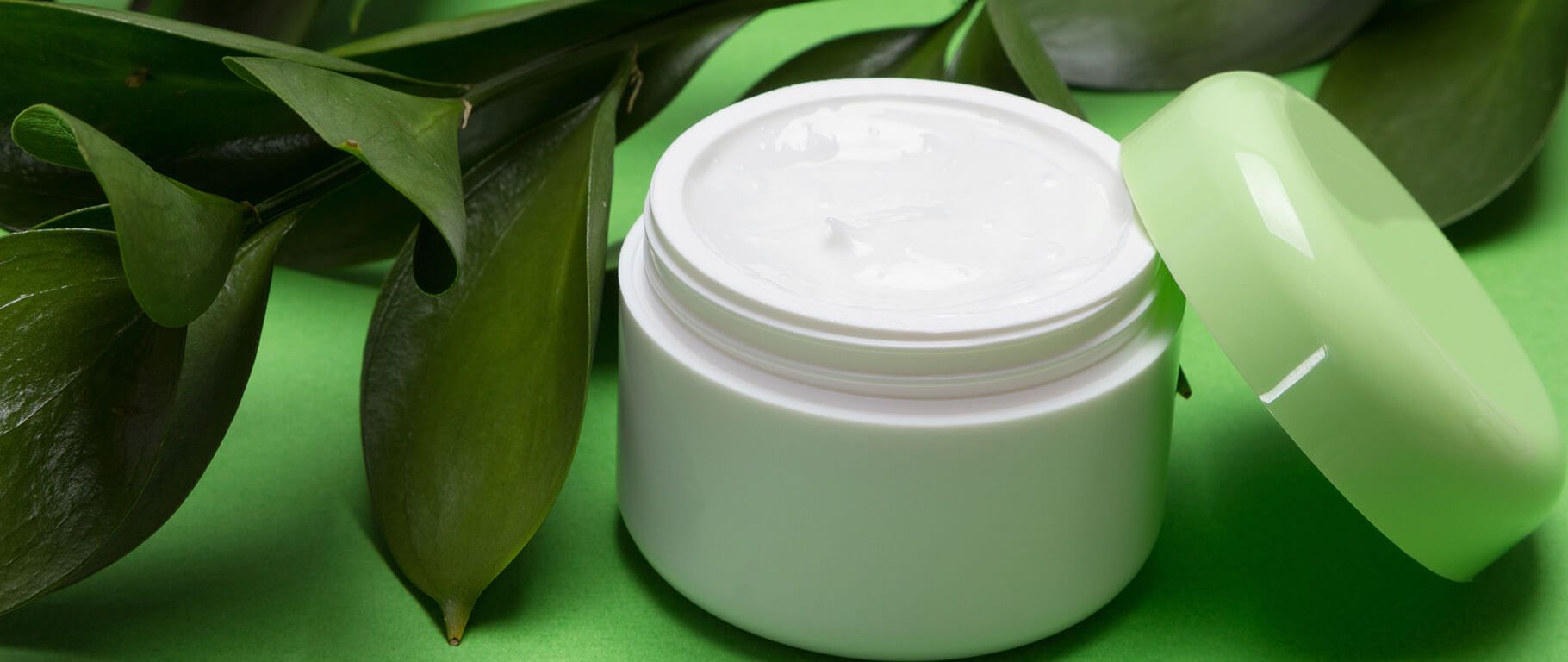
Sustainability is increasingly present in people's daily lives and, directly or indirectly, influencing their choices for products and services that harm the environment less, that promote people's well-being and health and that are economically viable. This look is no different when we talk about cosmetics. Consumer demand for more natural, organic or vegan products is growing. A survey carried out in 2019 by Mintel, the world's leading market intelligence agency, with Brazilian consumers, shows that 22% of consumers would pay more for more sustainable brands. And 51% of Brazilians who use ethical/natural products do so because they feel they are helping the environment.
However, there is a lot of confusion between the terms natural, organic and vegan, so it is necessary to clarify their differences and main attributes.
Natural cosmetics are those that have natural raw materials in their formulation, some manufacturers usually inform the natural ingredient and its proportion in the product. Organic products also have natural raw materials, but, to be considered organic, they must contain ingredients from certified organic agriculture and undergo a certification process for the final product. Vegan cosmetics are those that do not contain ingredients of animal origin or exploitation, nor can they be tested on animals.
It seems simple, but it's not. In addition to these basic differences, there are some requirements established by the main references for natural and organic cosmetics to ensure that the consumer has more clarity about what they are purchasing. In the case of natural and organic products, in addition to the proportions of ingredients, they must also observe the list of banned (prohibited) ingredients in certified organic and natural cosmetics:
synthetic dyes, synthetic fragrances, propylene derivatives, ammonia, silicone, synthetic preservatives, diethanolamides, petroleum derivatives, GMOs – genetically modified, derived from animal suffering and/or tested on animals.
The main references and certifications that establish international standards so that a product can be certified as natural, organic or vegan cosmetics are:
Natural and Organic
- Cosmos, private European benchmark developed jointly by five other international organizations (BDIH, in Germany, Cosmebio, Ecocert in France, ICEA in Italy and the Soil Association in Great Britain) for Natural and Organic cosmetics. In Brazil, the main certifier of this reference is ECOCERT.
- Natrue is a Belgian organization that also developed a reference for Natural and Organic cosmetics and, in Brazil, it is evaluated and certified by the Biodynamic Institute – IBD.
- ISO16128-1 and 2 which establishes a guide with guidelines and recommendations for the formulation and characterization of a natural or organic product, but is not a certification. In this case, the company can use the criteria and make a self-declaratory seal informing the naturalness index or organic ingredients present in its product.
The main differences between these three references are in the criteria for establishing the concentration of ingredients in the formulation, with the ISO 16128 standard being less restrictive in relation to Cosmos and IBD/Natrue. The Cosmos and Natrue standards also present recommendations for adopting environmentally correct production and manufacturing processes that are safe for human health, using biodegradable or recyclable packaging and not adopting animal testing.
Vegans
- The Vegan Society Trademark, an organization that created the concept of Veganism and established the first certification for vegan products in the world, in Brazil the NGO Veganismo Brasil is one of the certifiers of this reference.
- Brazilian Vegetarian Society (SVB) establishes criteria and certifies vegan products in general, including cosmetics.
Vegans do not have major differences, as both consider the non-existence of ingredients of animal origin. Animal testing is also not permitted in the product or ingredient development stages. Furthermore, the presence of any ingredients, products or by-products of animal origin is not permitted, even if they are absent in the finished product, during the manufacturing process.
Currently, many products are being sold with a seal stating that the product is natural, organic and/or vegan. In these cases, we call them self-declaratory seals, that is, they have not gone through a certification process of any reference, such as those mentioned in this article, and there is no problem with that, as long as the manufacturer informs, whether on the packaging or on its website, which the composition of your product and why you are classifying it that way.
As a way of helping cosmetic manufacturers position themselves in the market in light of the natural trend, BASF created a vegetation calculator which follows specific criteria and helps the researcher to calculate the final vegetation index of the formulation, enabling the manufacturer to communicate effectively and directly with the end consumer.
We emphasize that serious companies, which seek some certification or labeling for their product, are generally companies in which the subject of sustainability is not just a marketing attribute, as a certification process is complex, time-consuming and costly, and also involves the evaluation good environmental, health and safety practices for employees in the production process and value chain. Furthermore, they look for eco-design alternatives for packaging, also thinking about post-consumption, after all, a product like this, with so many sustainability attributes, deserves packaging that respects the same criteria. Is not it!?
We emphasize that, serious companies that seek some certification or labeling for their product, are generally companies in which sustainability is not just a marketing attribute since a certification process is complex, time-consuming and costly, where good environmental practices are also evaluated, health and safety of employees in the production process and value chain. Furthermore, they are looking for packaging eco-design alternatives, also thinking about post-consumption, after all, a product like this, with so many sustainability attributes deserves packaging that respects the same criteria. Is not it!?
Share